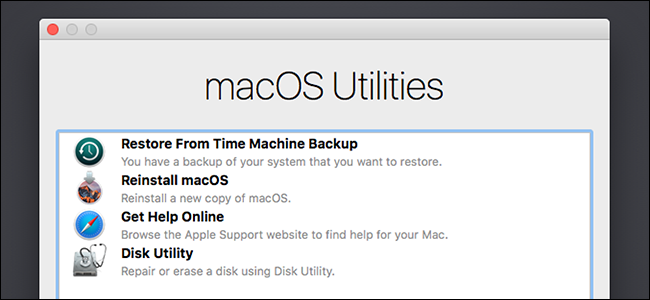
- #ACCESS MAC OS X UTILITIES FOR MAC#
- #ACCESS MAC OS X UTILITIES ANDROID#
- #ACCESS MAC OS X UTILITIES PASSWORD#
- #ACCESS MAC OS X UTILITIES MAC#
#ACCESS MAC OS X UTILITIES ANDROID#
#ACCESS MAC OS X UTILITIES MAC#
Next up: Does your Mac gets stuck on a black screen when booting up? If yes, refer to the solutions in the guide linked below to fix your Mac and revive it without breaking the hell loose. And if your MacBook still won’t connect to Wi-Fi in macOS Recovery mode after trying the above troubleshooting tips, visit an authorized Apple Store or repair center to get it checked for possible hardware damages on the Wi-Fi antenna or hard disk.

If you have an older Mac running Mac OS X Lion or anything below, it might be unable to connect to Wi-Fi in Recovery mode. It’s worth noting that Internet Recovery mode only works on MacBooks, MacBook Pros, and iMacs released between 2010/2011 and newer.
#ACCESS MAC OS X UTILITIES FOR MAC#
Check out some of the best ethernet adapters for Mac that offer the best value for money. Your Mac will automatically detect the ethernet cable and immediately commence the macOS download.įor Macs without a built-in ethernet port (most modern Macs), you’ll need a USB-C-to-Ethernet adapter to hook your device to an ethernet cable. So, if your MacBook isn’t connecting to Wi-Fi in recovery mode, most likely due to complex system errors or hardware damages, you might have to resort to installing macOS in recovery mode via Ethernet.įor older MacBooks with an ethernet port, insert an ethernet cable plugged into a router (or whatever internet source) while in recovery mode.

Interestingly, Mac supports the use of ethernet in Internet Recovery mode. In terms of stability and usage experience, ethernet is way better than Wi-Fi. If you can, shut down your Mac, restart in Internet Recovery mode (hold Command + Option + R after pressing the power button) and try connecting to Wi-Fi. After the Wi-Fi reset, check if you’re able to establish a connection with a Wi-Fi network in regular mode.

If your Mac still doesn’t connect to the Wi-Fi network (stuck on the loading icon), try moving the router closer to your Mac- or the other way round.
#ACCESS MAC OS X UTILITIES PASSWORD#
Step 3: Enter the Wi-Fi SSID and password (as displayed in the router’s control panel) into the appropriate dialog boxes and click the checkmark icon to connect to the network. Step 2: Tap the ellipsis (three-dotted) icon to launch the Internet recovery menu’s Wi-Fi authentication page. Step 1: Tap the Choose Network drop-down button. Connect to Hidden Wi-Fi in Internet Recovery Mode Step 2: Enter the network’s credentials (network name and password) into the specified boxes and click Join. Step 1: Tap the Wi-Fi icon on the menu bar and select ‘Join Other Networks.’

Connect to Hidden Wi-Fi in macOS Recovery Mode If it is, you could either unhide the network or manually enter its credentials (SSID and password) in macOS Recovery. Likewise, confirm that the router’s SSID isn’t hidden. If your MacBook doesn’t detect Wi-Fi networks in recovery mode, make sure the router is powered on. Whenever you’re experiencing Wi-Fi-related connectivity issues on your mobile devices or PC, we always recommend checking that router is working properly. Proceed to the troubleshoot solutions below if your Mac still doesn’t find any network or if it fails to connect to visible Wi-Fi networks.


 0 kommentar(er)
0 kommentar(er)
